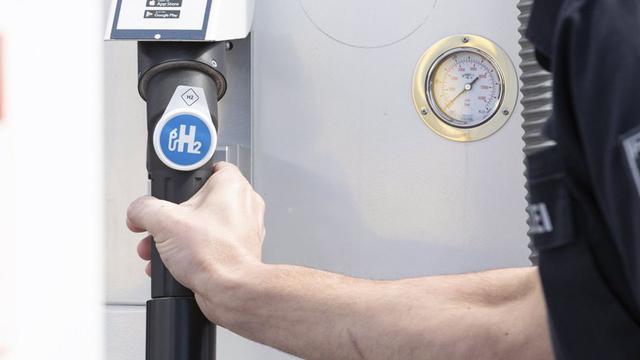By akademiotoelektronik, 27/03/2022
Hydrogen: IEA calls for "accelerating" towards (distant) carbon neutrality
Hydrogen “will have to play an important role in the transition towards carbon neutrality”, underlines the International Energy Agency (IEA) in a report published on October 4 (1) , a few weeks before COP26.
State of play and IEA "Net Zero" scenario
In 2020, global hydrogen consumption approached 90 million tonnes (2) . The production of this hydrogen comes almost entirely from fossil fuels (3) and resulted in almost 900 million tonnes of direct CO 2 emissions in 2020, i.e. approximately 2.5% of annual energy-related CO 2 emissions and industry in the world or "the equivalent of the combined emissions of Indonesia and the United Kingdom", recalls the IEA.
However, the Agency considers that a massive development of hydrogen is necessary within the framework of the global energy transition: in its "Net Zero" scenario (aiming to achieve "net zero emissions" of CO 2 in the world at horizon 2050), it envisages that hydrogen consumption at the global level will be “multiplied by six compared to current levels to reach 10% of total final energy consumption by 2050”. With the central condition that this hydrogen be produced in a carbon-free manner, i.e. mainly by electrolysis using electricity whose production is itself carbon-free, or by using "CCUS" devices (capture , storage and use of CO 2 ).
"Encouraging signs"...

The IEA recalls that only Japan, France and South Korea had a dedicated hydrogen strategy when the Agency submitted a previous report on this vector to the G20 in 2019. Today, 17 governments have “Hydrogen” plans (mainly focused on low-carbon hydrogen production) (4) .
Among the “encouraging signs” testifying to the progress of hydrogen, the IEA points out that electrolysis capacities have doubled over the past five years, exceeding 300 MW by mid-2021 (including 40% in Europe) and could, taking into account projects at different stages of development, rise to nearly 90 GW by 2030.
The IEA presents hydrogen as a "pillar of decarbonisation in industry" (citing in particular the Hybrit pilot project for carbon-free steel production using hydrogen in Sweden (5) ) but also underlines the development prospects in transport (road (6) , rail, sea and air).
… But far from the development prospects envisaged by the IEA
The IEA estimates that electrolysis could, if all the projects announced to date in the field succeed, make it possible to produce 8 Mt of "green" hydrogen per year in 2030. The Agency also points out that more than 9 Mt “blue” hydrogen (from fossil fuels but with CCUS) could also be produced in 2030 (7) .
The production of low carbon hydrogen could thus, taking into account the projects already announced, be around 17 Mt in 2030, against 140 Mt in the Net Zero scenario of the IEA (of which 80 Mt by electrolysis). Global hydrogen demand could reach between 105 Mt (trend scenario) and 200 Mt (Net Zero scenario) by 2030 according to the IEA.
"A much faster adoption of low-carbon hydrogen is necessary to put the world on the path to a sustainable energy system by 2050", judges the IEA, which calls for accelerating research in the sector and strengthening international cooperation (8) .
The “challenge” of the cost of low-carbon hydrogen
Among the obstacles to the large-scale development of low-carbon hydrogen is its production cost: according to IEA estimates, the LCOE of hydrogen produced from gas currently stands between 0.5 and 1 $.7 per kilogram (depending on the price of gas depending on the region), the coupling of this production with CCUS devices would raise the price to the tune of $1 to $2/kg H 2 while the production of hydrogen from Electricity from renewable sources would cost between $3 and $8/kg H 2 .
The International Energy Agency, however, estimates that a major drop in production costs by electrolysis is possible thanks to technological progress: it expects these costs to reach 1.3 to 3.5 kg H 2 in 2030, then between 1 and 3 kg H 2 by 2050, making "hydrogen production from solar photovoltaic competitive with production from gas" (even without CCUS) in several regions of the world.
Incentives must nevertheless be put in place to promote low-carbon hydrogen production, warns the IEA, which mentions, among other things, a rise in the price of carbon as an effective tool.
Related Articles